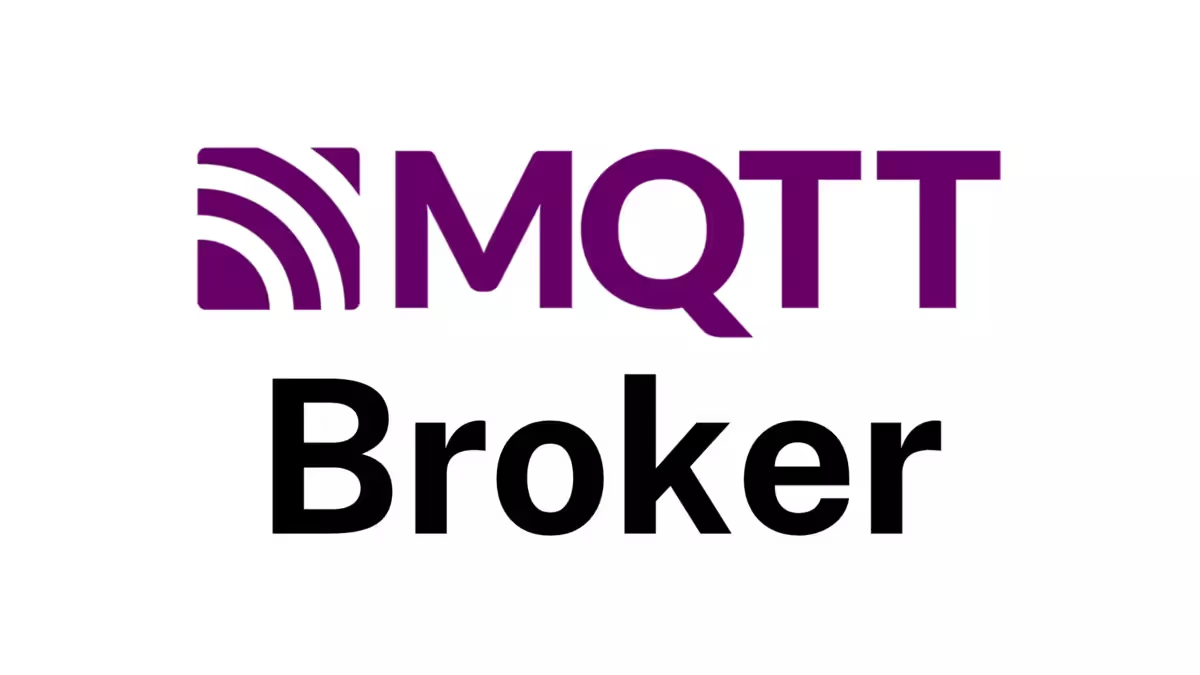Selecting the right MQTT broker depends on your specific use case. You may need a lightweight, efficient solution for edge devices, a scalable, enterprise-ready platform, or a versatile broker that balances performance and extensibility.
Three of the most widely used MQTT brokers, HiveMQ, Pro Edition for Eclipse Mosquitto™, and EMQX, each serve distinct purposes:
- Pro Mosquitto excels in lightweight, resource-constrained environments, making it an ideal choice for edge computing, embedded systems, and IoT gateways.
- HiveMQ is designed for high-throughput, enterprise-wide deployments, where clustering, load balancing, and extensibility are critical.
- EMQX sits between the two, offering scalability and extensibility similar to HiveMQ but with a more efficient resource footprint and additional features like built-in rule engines and SQL-based data processing.
A critical factor in this comparison is system resource efficiency, especially for edge deployments, where hardware constraints can be severe. Pro Mosquitto, being part of the Cedalo MQTT Platform, often provides cost savings in cloud deployments over HiveMQ and EMQX, as in the cloud, resources cost real money. The difference here is significant, and choosing the wrong broker for the wrong environment could lead to unnecessary overhead or scalability limitations.
Below, we provide a detailed technical comparison to help you decide which solution fits your needs.
HiveMQ vs. Pro Mosquitto vs. EMQX: Technical Comparison
Key Takeaways
- Pro Mosquitto is the ideal choice for lightweight, efficient deployments where low resource consumption is critical. It is highly optimized for IoT devices, embedded systems, and edge gateways, making it a natural fit for environments where every megabyte of RAM and CPU cycle counts.
- HiveMQ is a powerful solution for enterprise environments that demand scalability, clustering, and advanced security features. However, these advantages come with a significantly higher system resource footprint.
- EMQX offers a middle-ground solution between HiveMQ and Pro Mosquitto. It provides enterprise features like built-in clustering and data processing while maintaining a more efficient resource profile than HiveMQ.
- For edge computing, where devices have constrained hardware, Pro Mosquitto is the clear winner. It is designed to operate efficiently with minimal CPU, memory, and storage.
- For large-scale, centralized deployments, HiveMQ and EMQX are strong options, with HiveMQ specializing in enterprise-grade scalability and EMQX offering an extensible, high-performance alternative.
Our Recommendation...
For organizations deploying MQTT at the edge, Pro Mosquitto is the superior choice, as it delivers enterprise-grade features like High Availability and High Performance clustering, rich integrations, advanced security, Persistent Queueing with minimal overhead. Meanwhile, HiveMQ and EMQX are better suited for large-scale cloud and on-premises deployments, where clustering and high throughput are required.
A hybrid approach often works best—using Pro Mosquitto at the edge for local message handling and forwarding data to a central HiveMQ or EMQX cluster for large-scale aggregation and processing.
Ultimately, the best MQTT broker is the one that aligns with your specific technical constraints and deployment model.
Portainer & Pro Mosquitto: The Perfect Match for Edge IoT
At Portainer, we have partnered with Cedalo, the company behind the Cedalo MQTT Platform and Pro Mosquitto, and work on several joint Enterprise-grade projects. This partnership is based on our focus on Industrial IoT / IoT and the common requirement to deploy an MQTT client/broker on resource-constrained edge devices.
Looking to simplify and optimize your edge IoT stack? Let’s talk about how Portainer and Cedalo can help you deploy a reliable and lightweight MQTT broker as part of your edge stack.




